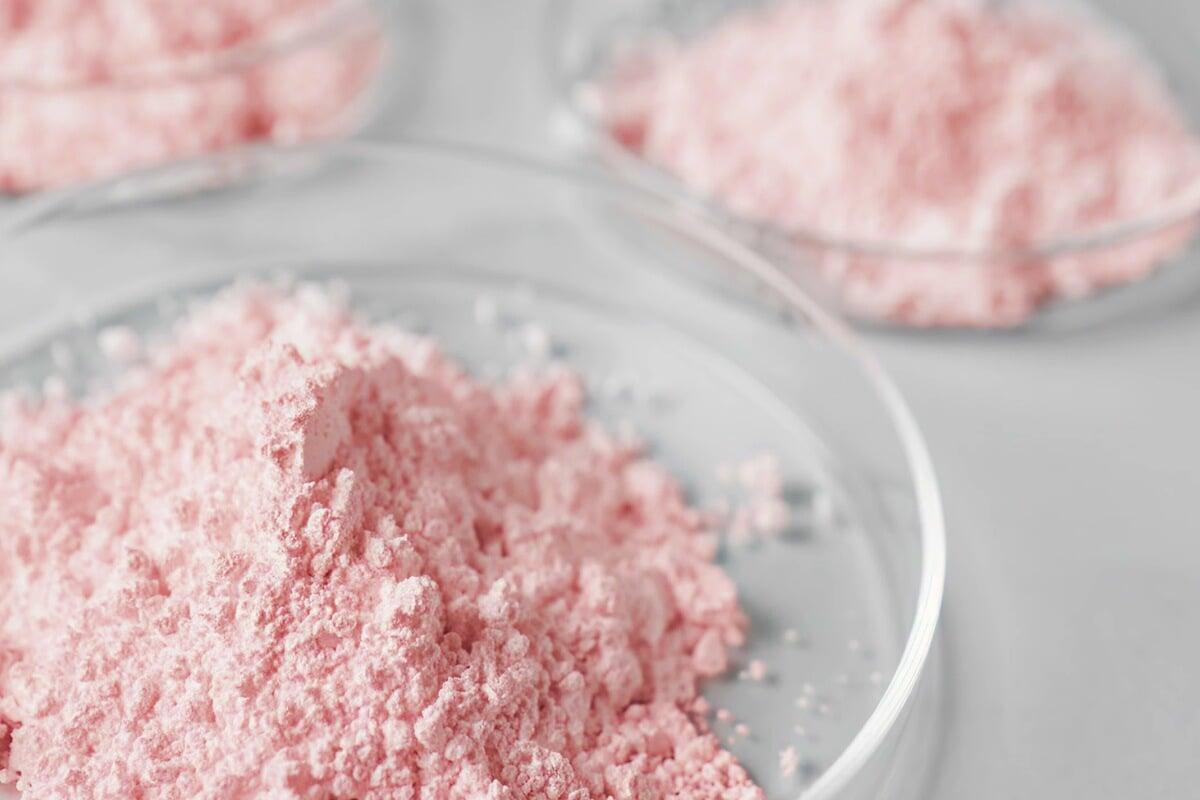
Artificial intelligence (AI) and machine learning (ML) are transforming polymer innovation. Now, chemists can predict a polymer’s performance before it is even synthesised. This reduces wasteful test runs and enables new classes of materials, such as recyclable vitrimers and safer polymer electrolytes.
For design engineers, R&D scientists and material specialists, major benefits include faster prototyping, lower R&D costs and access to materials with tailored properties. For manufacturers and procurement leaders, the benefits are equally clear, from shorter lead times to stronger supply chains and products that meet evolving market and regulatory demands.
This guide explores how AI and ML are becoming the engines of polymer innovation, and why that matters not only for chemists but for the future of manufacturing itself.
AI polymer innovations enable new kinds of manufacturing
Manufacturers are under pressure to shorten development cycles. Other pressures include cutting costs and bringing more innovative, sustainable products to market. Polymers designed and optimised through AI are starting to enable these shifts, not just for material scientists but for production engineers and supply chain leaders who need reliable materials.Polymer informatics platforms now allow chemists to forecast key properties that determine real-world performance. Researchers have demonstrated the ability to model tensile strength, modulus, fracture toughness and thermal transitions before any synthesis occurs. Other work is focusing on predicting degradation pathways, research intended to help chemists design more durable materials without the burden of long experimental cycles.
Processing is also being reshaped. Machine learning models have been applied to predict cure kinetics in thermosets, simulate extrusion conditions and viscosity behaviour, and anticipate how additives such as stabilisers or flame retardants influence results in biopolymer development.
Custom polymers already exist, but AI is bringing them within easier and faster reach. In the discovery of new polymer electrolytes, chemistry-informed machine learning has been used to balance conductivity and mechanical stability across thousands of candidates, leaving only the most promising for experimental validation. Chemists and engineers still provide critical oversight, but algorithms deliver rapid feedback that can enhance the value that only human chemists can provide.
For procurement and operations leaders, the value of these advances is clear. Predictive polymer design reduces wasted R&D cycles, lowers material qualification costs and supports supply chain resilience. Faster cycles from concept to production help manufacturers improve performance-to-cost ratios, while also ensuring new materials can be scaled with fewer risks of disruption. Industry studies emphasise that AI-driven polymer informatics platforms can be as much commercial tools as scientific ones, providing competitive advantage by lowering costs, improving speed to market, and even increasing overall sustainability of polymer development.
Using AI to unlock the first ever sustainable polymers
Among the most promising advances are vitrimers. These dynamic covalent networks exemplify how AI-supported polymer science can reshape the manufacturing landscape. Vitrimers combine the strength of thermosets with the reprocessability of thermoplastics. New studies highlight bond exchange kinetics and stress relaxation behaviour to guide polymer design.
For manufacturers, vitrimers open the door to materials that can be repaired, reshaped and recycled without loss of performance. Aerospace firms see potential in self-healing composites that extend the life of airframes. Automotive companies value recyclable structural parts that reduce end-of-life costs. Electronics producers gain access to heat-resistant insulators that can still be reprocessed. In every case, the link is direct, vitrimers create pathways to circular manufacturing and lower lifecycle costs.
Powering energy storage transformation, from batteries to supercapacitors
Polymers are also central to the development of new energy storage systems. Molecular dynamics and machine learning are being combined to predict lithium-ion transference numbers, ionic conductivity and polymer–salt stability, providing a faster route to safer solid-state batteries. Models can also anticipate brittleness or elasticity in polymer electrolytes and highlight which materials are most likely to suppress dendrites during cycling. Functional polymers are attracting attention too. Georgia Tech and Matmerize, for example, have published case studies on accelerating polymer electrolyte design using predictive analytics functions within an informatics platform named PolymRize.
Examples of the manufacturing impact include solid-state pouch cells with garnet-rich composite electrolytes that have demonstrated over 4,100 cycles of stable operation, which points to longer-life batteries and reduced downtime in electric fleets. At the same time, safety margins improve as polymer-based solid-state electrolytes deliver thermal stability and suppress dendrite formation, opening the door for broader adoption in industrial systems. On the supercapacitor front, redox-active conjugated microporous polymers with precisely tuned pore architectures have shown high retention and cycle life, underscoring how advanced polymers can support high-power applications in energy-intensive sectors.
What comes next?
AI and machine learning are becoming part of the development and testing infrastructure of modern manufacturing. These technologies allow scientists to design materials with precision, engineers to optimise processing, and manufacturers to bring products to market faster and with lower risk.
Vitrimers, polymer electrolytes and functional polymers may be only early signals of what is coming. As explored in Plastics Today, AI is beginning to revolutionise polymer development across industries. Companies like Citrine Informatics are already demonstrating how AI can improve polymer sustainability and resilience in supply chains. Partnerships like Matmerize and CJ Biomaterials show how new polymers will translate into scalable, sustainable manufacturing practices.
The future of manufacturing will be defined not only by automation and digitalisation, but also by the intelligent chemical design of the materials that underpin every product. AI-driven polymers are already proving their place in that future, and bringing it closer.
If it can be made, Makevale can make it →
Makevale sits at the meeting point of polymer chemistry and advanced manufacturing. We have decades of R&D expertise that our customers rely on, and our high-performance polymers are used in products ranging from 3D printing resins and dental acrylic powder, to biopolymers and polymer nanocomposites.
We are excited for the future of polymer innovation, and to continue equipping our customers with polymers synthesised to their exact specification. From recyclable vitrimers to optimised polymer electrolytes, we work to ensure that innovation in polymers translates directly into innovation in manufacturing.